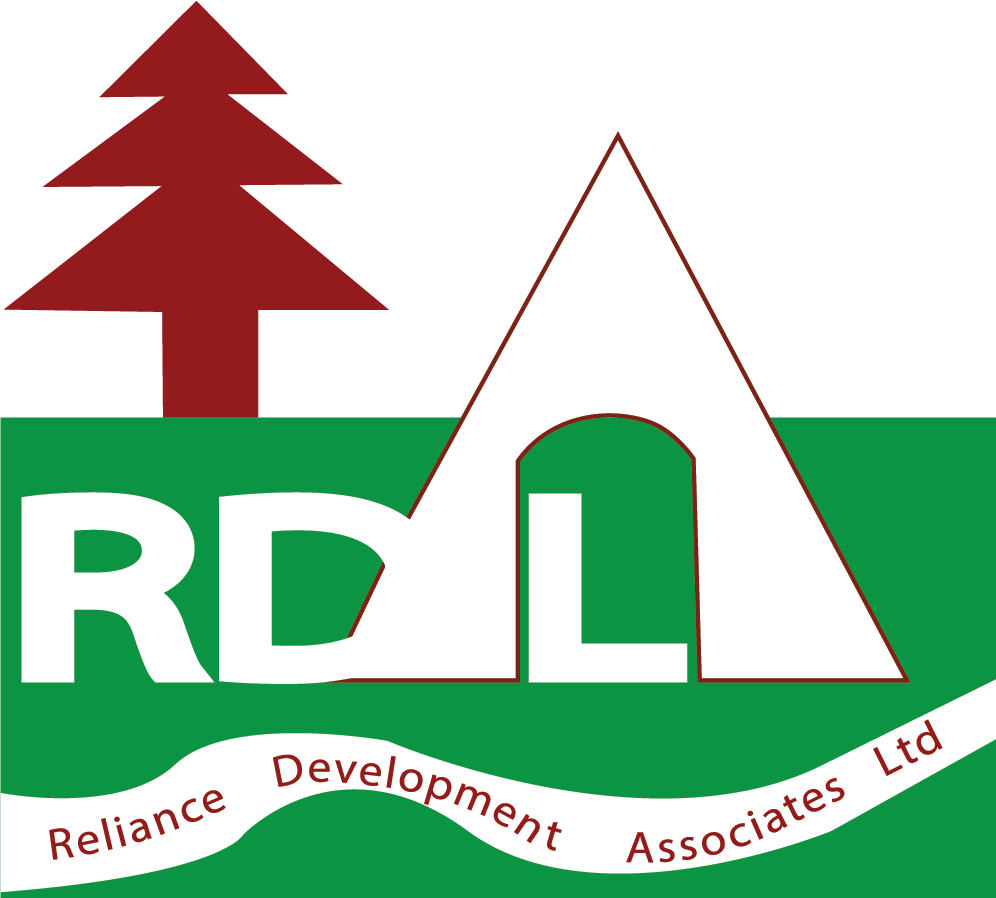They’re designed to work in any project, whether you use Bootstrap itself or not. Use them as SVGs or icon fonts—both options give you vector scaling and easy customization via CSS. Get a jump on including Bootstrap’s source files in a new project with our official guides. Build and customize with Sass, utilize prebuilt grid system and components, and bring projects to life with powerful JavaScript plugins. I am currently a Product Manager at Wirecutter, a New York Times Company. I work with stakeholders and engineers to improve our website and content management systems and to be the best review site around.

Thus, before you can start using Sass, you first need to install Dart (we won’t go into detail about how to do that in this blog post but you’ll find more information at that link). Once you have the right tools and system in place, your next step is to get familiar with the syntax of Sass. Focuses on the design, development, and maintenance of custom software solutions that are tailored to meet the specific needs and requirements of individual clients. Focuses on the design, development, and maintenance of software applications for mobile devices, such as smartphones and tablets.
Sass code is reusable
This rule loads all the mixins/variables and functions present in other SCSS file with a namespace based on the file name. Just having the option to use variables and functions lets you do more. The main differences between Sass and CSS are in their features. While Sass has the extra functionality of using variables, nesting, mixins, and more, CSS doesn’t. Where CSS would eat up your time by rewriting the same codes over and over and over again, Sass helps save time by reducing repetition. To start using Sass to write your CSS code, you first need to be able to run the programming language that powers Sass.
By clicking “Post Your Answer”, you agree to our terms of service and acknowledge that you have read and understand our privacy policy and code of conduct. When we are including a file using @use we don’t need to include an extension of the file, it will find it if automatically it’s a partial file. In future web pages, all you need to do is call out the Mixin rather than remembering to individually call the font, color, and border values. Now that you understand how Sass works and why so many developers love it, let’s take a look at four features of Sass that make it so attractive. Sass is a preprocessor language that’s interpreted into CSS.
Sass vs SCSS
Sass is one of the most popular CSS preprocessors in the world of front end development. Bootstrap features a sass tech dozen plugins that you can drop into any project. Drop them in all at once, or choose just the ones you need.
We built it as a feature-packed Sass map that can be quickly and easily customized. It’s never been easier to add, remove, or modify any utility classes. Make utilities responsive, add pseudo-class variants, and give them custom names. Override global, component, or utility class variables to customize Bootstrap just how you like. Import one stylesheet and you’re off to the races with every feature of our CSS.
Powerful JavaScript plugins without jQuery
One uses a so called “indented syntax” which means that you don’t need curly braces and semi-colons. Find centralized, trusted content and collaborate around the technologies you use most. The @extend directive lets you share a set of CSS properties from one selector to another. This directive is useful if you have almost identically styled elements that only differ in some small details. We can use these files by importing in other files by using @import directive.

As a result, companies using SaaS applications are not tasked with the setup and maintenance of the software. Users simply pay a subscription fee to gain access to the software, which is a ready-made solution. When you only need to include Bootstrap’s compiled CSS or JS, you can use jsDelivr.
What are the challenges and risks of SaaS?
Sass allows you to define variables so you can easily change key values later, such as color, font size, and borders. Instead of retyping changes over and over in CSS, you can simply change the value of your variable of interest in Sass. If there’s one thing developers hate, it’s repeating themselves. Of course, you’d want the different pages to look and feel connected by having consistent color schemes and fonts. While CSS and Sass theoretically have the same capabilities, Sass can do the same job using less code. That makes Sass code much easier to read and understand, particularly in large web projects involving multiple developers.
Later on, it’s easy to call your function to perform the same task as many times as you need to. In pure CSS, you’d need to call out the colors https://www.globalcloudteam.com/ and fonts on each page. And, if you wanted a new color scheme, you’d need to go back and manually edit the colors and fonts in your CSS script.
Compile SASS to CSS
SaaS products are also diverse, ranging from video streaming services to IT business analytics tools. Enterprise SaaS products for specific industries, such as insurance or medical, are known as vertical SaaS products. Install Bootstrap’s source Sass and JavaScript files via npm, RubyGems, Composer, or Meteor.
- In addition, many popular web development frameworks, like Bootstrap, Django, and Ruby on Rails, integrate with Sass.
- Rather than having to implement changes in multiple instances, engineers can make necessary changes for all customers by maintaining the one, shared instance.
- But these aren’t the only useful tools for Front-End Developers.
- When we are including a file using @use we don’t need to include an extension of the file, it will find it if automatically it’s a partial file.
- This means when you run Sass code, you’re actually converting your code to CSS.
- It’s also easier to learn SCSS syntax if you’re used to CSS already.
Functions accept inputs from the user and run through specific lines of code to perform complex operations. Sass (short for syntactically awesome style sheets) is a preprocessor scripting language that is interpreted or compiled into Cascading Style Sheets (CSS). Knowing HTML and CSS are a necessary foundation for any web developer.
Is Tech Right For you? Take Our 3-Minute Quiz!
Once you’re skilled in CSS, you can build on this information to learn Sass, which will ultimately help you save time in development. If you already know HTML and CSS, the documentation and guide on the Sass website are an ideal place to start learning how to use this easier, time-saving CSS preprocessor. The variable features of Sass allow you to save time and avoid repetition.
